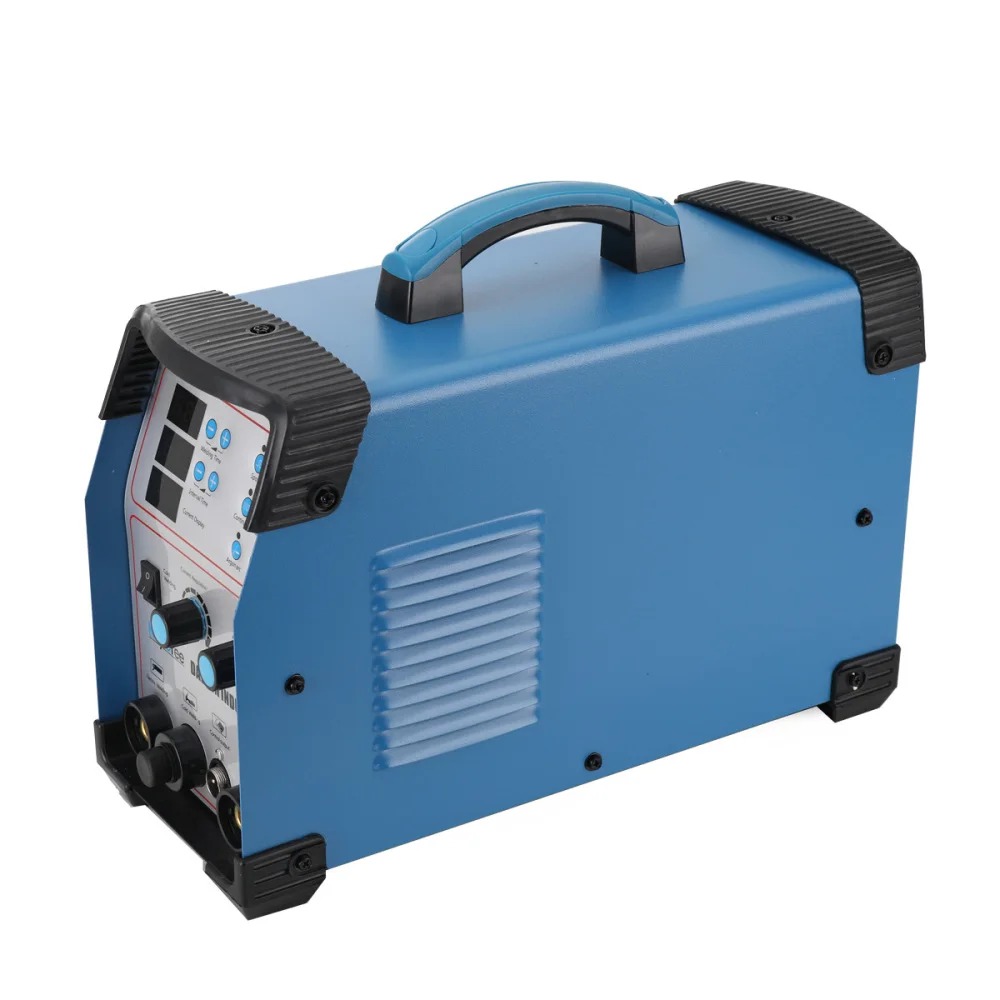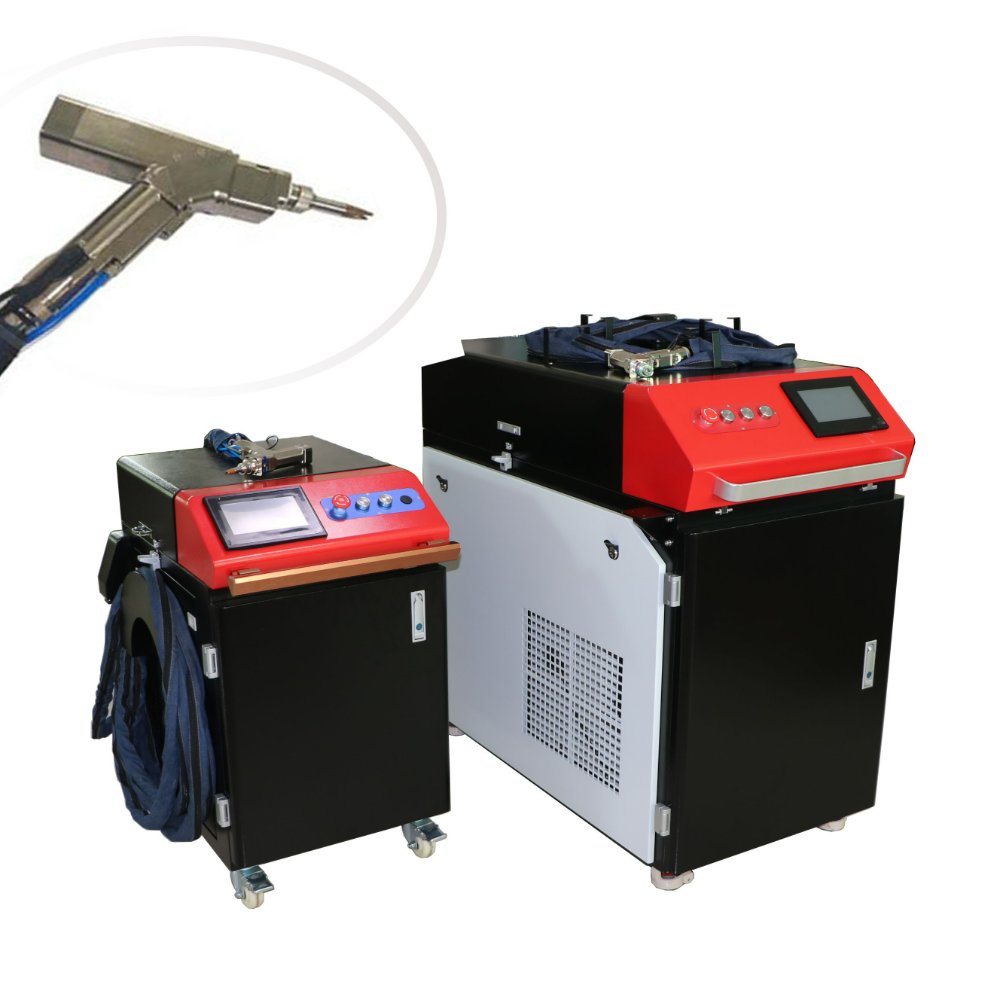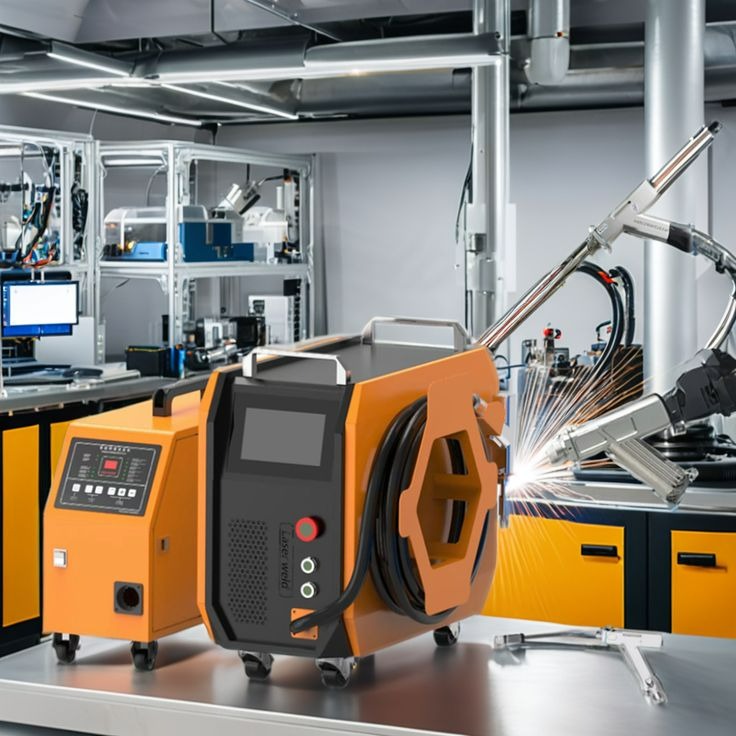How to Choose the Right Cold Welding Machine for Your Projects
What is Cold Welding?
Cold welding is a solid-state bonding process. It joins metals without heat or fusion. In this technique, metals bond under high pressure. The process requires a clean and oxide-free surface for a strong joint. A cold welding machine applies the necessary force. It brings the metal pieces into close contact. At the atomic level, metals share electrons and create a bond. This method suits many industrial needs. It offers precision and strength where heat is a concern. The term ‘cold welding’ comes from the lack of heat used, unlike traditional welding.
The Cold Welding Process
The process of cold welding is both unique and precise. To start, workers clean the metal surfaces. They remove any oxides and contaminants. The metals should also be free of lubricants. After cleaning, the cold welding machine positions the metals together. The machine is the key. It applies pressure without adding heat. This pressure needs to be high. It causes the metals to deform and connect at the atomic level. No melting occurs.
During the process, the metals’ atoms come into close contact. When this happens, they bond or ‘cold weld.’ This makes the process ideal for metals that can’t handle heat. The cold weld is strong, like a single piece of metal. No fillers or fluxes are used, which is different from traditional welding.
To summarize, the steps are straightforward: clean, align, apply pressure, and bond. The cold welding machine does most of the work. Operators monitor for quality. With training, they can handle different metals and projects. The end result is a clean and precise joint with no heat damage or warping.
![]()
Benefits of Cold Welding in Industrial Applications
Cold welding technology offers significant advantages for industrial applications. Here are key benefits:
- Precision and Quality: The bond from cold welding is precise and high-quality. It creates a seamless and clean connection. This is essential in industries requiring high accuracy.
- No Heat-Affected Zones: This method does not use heat. Thus, there are no heat-affected zones (HAZ). This benefit is crucial for materials sensitive to temperature.
- Low Distortion: Without heat, cold welding causes less distortion. Products maintain their shape and dimensional accuracy.
- No Need for Consumables: Cold welding does not need fillers or flux. It lowers consumable costs and simplifies the welding process.
- Enhanced Strength: Bonds formed through cold welding are often stronger than the base materials. Joints are robust and durable, ideal for demanding industrial uses.
- Energy Efficiency: Since no heat is generated, energy usage is lower. It makes the process energy-efficient and cost-effective.
- No Emissions: Cold welding does not produce gases or emissions. It offers a cleaner, more environmentally friendly process.
Each of these advantages can lead to increased efficiency and quality in industrial production. By using a cold welding machine, companies can benefit from the technology’s distinct features. These include minimal material waste, low operational costs, and compatibility with different metals.
Material Compatibility and Limitations
While cold welding technology offers significant benefits in manufacturing, one must consider material compatibility and limitations. This method works well with ductile metals. Ductile metals, like gold, copper, and aluminum, are easier to cold weld due to their malleability. They deform under pressure, allowing atoms to bond tightly without the need for heat.
Nonetheless, not all metals are suitable for cold welding. Hard and brittle materials like cast iron or certain types of steel may not bond effectively. Such materials may crack under the high pressure necessary for cold welding. Metals with significant oxide layers also pose challenges. These layers hinder the necessary metal-to-metal atomic bonding.
It’s crucial to mention that surface cleanliness is paramount. Any contamination can prevent a successful weld. Hence, thorough surface preparation is essential before proceeding with the operation of a cold welding machine. Operators must ensure the complete removal of oxides and contaminants.
To sum up, while cold welding is a powerful technique, it’s imperative to understand its limitations. Not every metal or alloy can undergo cold welding. A strict protocol for surface preparation must be observed for effective results. When the right conditions are met, the outcome can be a precise and robust joint.
![]()
Comparison Between Cold Welding and Traditional Welding Techniques
Comparing cold welding to traditional welding methods reveals clear differences. Traditional welding uses heat to melt and fuse metals. It requires a power source, like electricity or gas. This process produces a heat-affected zone. This zone can change the metal’s properties. It sometimes leads to warping or structural weakness.
Traditional welding also needs consumables like filler materials and flux. This brings extra costs and cleanup steps. The fumes and emissions from the process create potential health risks. They also impact the environment.
In contrast, a cold welding machine requires no heat. This means no warping from heat. Metals maintain their original characteristics. Cold welding bonds metals without filler or flux. This reduces costs and waste. It also eliminates health and environmental concerns from fumes.
Furthermore, the strength of a cold-welded joint can surpass the base metals. This is not always the case with traditional welding. Cold welding offers a clean look, with no slag or spatter to clean up.
In summary, cold welding offers precision, cost savings, and environmental benefits. Traditional welding remains useful for certain materials and projects. But, the choice depends on the metals and the desired outcome.
Cost-Efficiency of Cold Welding
The adoption of cold welding technology in manufacturing offers tangible cost efficiencies. Here’s how the cold welding process provides financial benefits:
- Reduced Energy Consumption: The absence of heat generation in cold welding translates into lower energy usage. This leads to significant savings on electricity bills over time.
- Minimal Consumable Expenses: By eliminating the need for filler materials and flux, manufacturers using a cold welding machine cut down on recurring costs associated with traditional welding consumables.
- Less Equipment Wear and Tear: Without the high heat of traditional welding, cold welding machines experience less stress and deterioration. This results in extended equipment life and reduced maintenance costs.
- Decreased Post-Welding Treatments: Post-welding activities, such as grinding and surface treatments, are minimized or eliminated with cold welding. This simplification slashes labor costs and processing time.
- No Heat-Affected Zone Repair: Since there’s no heat-affected zone (HAZ), there’s no need for the extra work to correct heat-related distortions. This saves manufacturers both time and money.
- Improved Material Yield: Cold welding’s precision leads to minimal waste in materials. This efficient use of resources contributes to cost savings.
Overall, cold welding strikes as an economically attractive option, especially when looking at the long-term implications for industrial operations. Its inherent efficiencies deliver a competitive edge while keeping operating expenses in check.
![]()
Cold Welding in Electronics Manufacturing
Electronics manufacturing often requires precise and delicate processes. Cold welding fits perfectly in this niche. The need for accuracy and clean connections is paramount in electronics. Cold welding delivers on both fronts. It does not apply heat, protecting sensitive electronic components. Traditional soldering methods may harm these components. Cold welding avoids this risk.
Using a cold welding machine, manufacturers join thin wires or small contacts. This ensures high-quality connections, essential for electronic devices. The absence of heat also prevents any damage to circuits or nearby elements. From smartphones to advanced computing systems, cold welding supports the intricacy required. This method is particularly handy for repairs. It can fix connections without disturbing the surrounding circuitry.
Moreover, cold welding allows for joining dissimilar metals. In electronics, various metals often come together. Cold welding can bond these without issues. For instance, bonding copper to aluminum is common. This method handles it well, maintaining electrical connectivity.
In summary, cold welding has carved out a critical role in electronics manufacturing. Its benefits include precision, protection of fragile components, and the ability to join diverse metals. It contributes to the production of reliable and high-performance electronics. All without the added costs and complications of heat-based methods.
Safety and Environmental Advantages
Cold welding is not only beneficial for its precision and cost-efficiency but also stands out for its safety and environmental advantages. Here are some key points:
- Increased Operator Safety: The cold welding process does not produce intense light or heat. This absence of extreme conditions protects operators from burns and eye damage. It enhances workplace safety significantly.
- No Toxic Fumes: Unlike traditional welding, the cold welding machine generates no fumes or gases. This eliminates health risks associated with inhaling harmful welding smoke. It also contributes to a cleaner and safer workshop environment.
- Environmentally Friendly: With no emissions, cold welding is a green technology. It helps manufacturing facilities lower their carbon footprint and comply with environmental regulations.
- Lesser Noise Pollution: The operation of a cold welding machine is typically quieter. This reduces noise pollution, which can otherwise impact both operator wellbeing and the surrounding community.
- Reduced Fire Risk: The absence of sparks and heat significantly lowers the risk of fires. It is ideal for working with flammable materials or in environments where fire hazards must be minimized.
- Waste Reduction: Since the process doesn’t use consumables like filler metals, there is less waste produced. This makes cold welding not only more cost-effective but also more sustainable.
These safety and environmental benefits make cold welding an attractive alternative. Manufacturers can improve their safety record and environmental impact by incorporating this technology into their processes.


